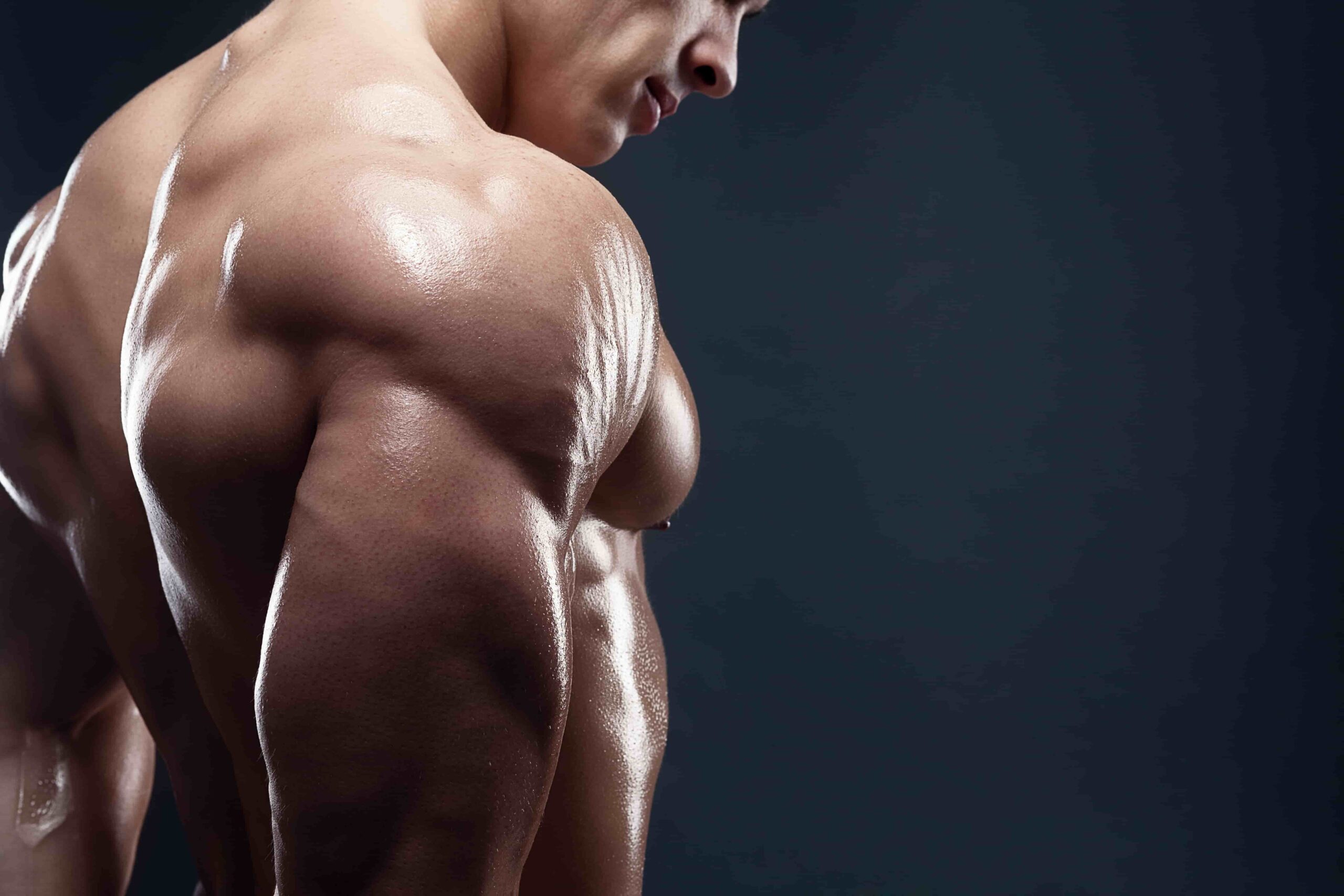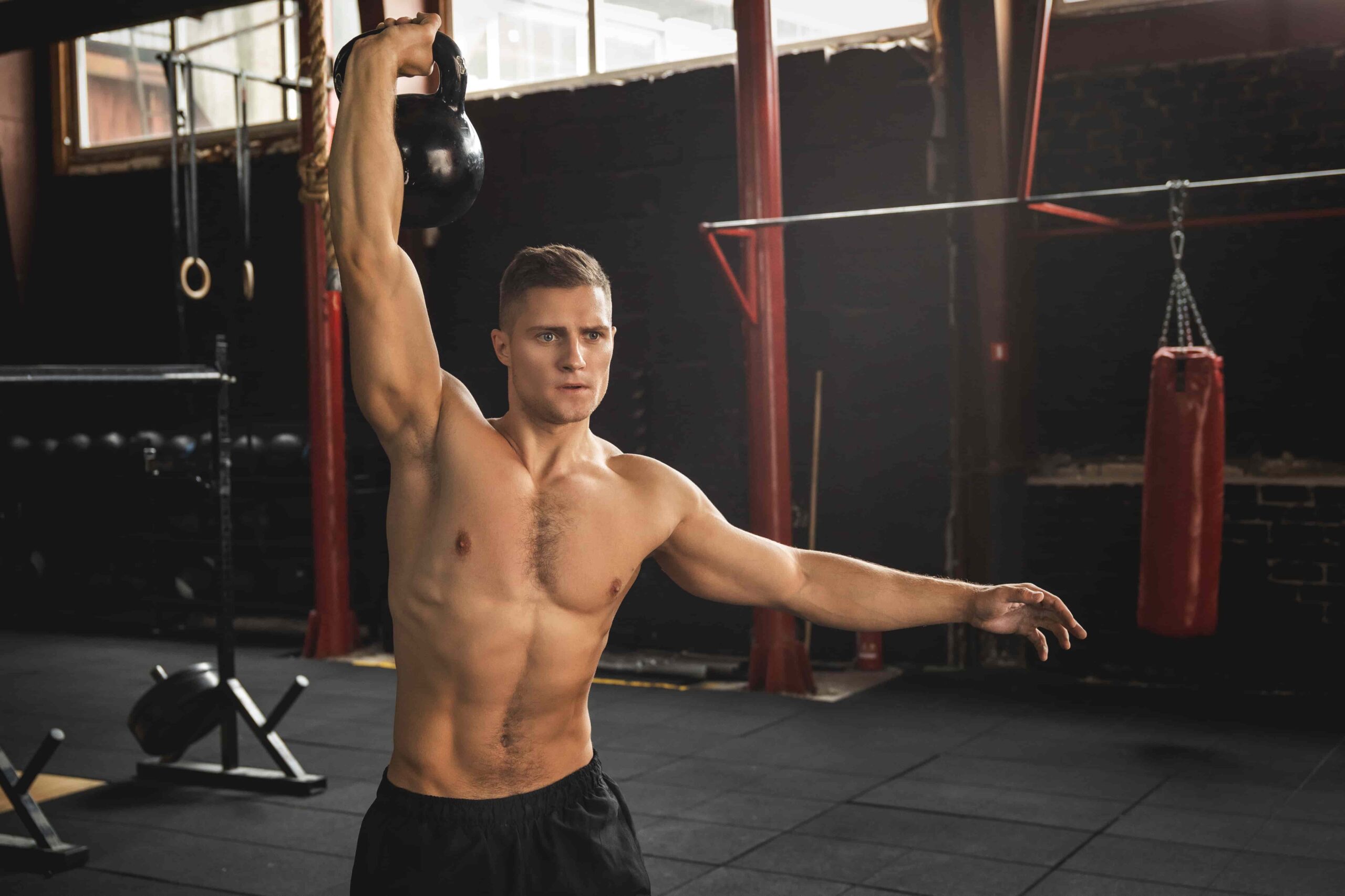The Best Shoulder Exercises for a Strong Upper Body
The region of the body, around the shoulders is not just a sign of a toned physique but also essential for functional strength. Having strong shoulders not only makes you stand out in a crowd but also assists in everyday activities like lifting groceries or throwing a ball. However, developing this area is not about looks and our guide covers the best shoulder exercises for upper body strength. The shoulders anatomy is intricate, and understanding its structure is crucial for safe and effective training. Let’s explore how to achieve wide shoulders with the right shoulder power.
Understanding the Anatomy of the Shoulder

Key to shoulder training is the deltoid muscle, which can be divided into three parts; the front (anterior) side (medial) and back (posterior) deltoids. Each section has its functions. Contributes to both the appearance and strength of the shoulder. Apart from the deltoids, there is another group of muscles and tendons called the rotator cuff that plays a role in stabilizing the shoulder joint. It’s important to prioritize their health as they’re prone, to injuries with incorrect training techniques.
Effective Exercises, for Building Overall Shoulder Strength
Compound exercises play a role in developing strength throughout the shoulders by engaging joints and muscle groups. One classic compound exercise is the press, which can be performed with either a barbell or a dumbbell. This movement effectively targets the deltoid group with a focus on the anterior section.
To enhance shoulder strength and promote muscle growth it is beneficial to incorporate exercises such as the push press, which is a dynamic variation of the overhead press. Additionally, upright rows can provide a challenge to the shoulder muscles. By including these movements in your workout routine you can establish a foundation for comprehensive shoulder training.
Exercises for Developing Defined Deltoids
Isolation exercises are key when aiming to sculpt well-defined and broad shoulders. These exercises specifically target sections of the muscles. For example, front raises concentrate on working the deltoids while lateral raises emphasize development in the medial portion of the deltoids – contributing significantly to achieving that desirable broad-shouldered appearance.
It’s important not to neglect the deltoids as they contribute to both shoulder aesthetics and functionality. Incorporating exercises like face pulls and rear delt flyes, into your routine will specifically target this region of your shoulders. Ensure a rounded shoulder workout.
The Importance of Progressive Overload
Gradually increasing the stress, on muscles over time, known as overload is crucial for building strength and muscle growth. Without it muscles won’t receive the stimulus to become stronger and larger. When it comes to shoulder training progressive overload can involve adding weight doing repetitions or even adjusting the tempo of exercises.
However, it’s important to apply this principle. Increasing weights rapidly without considering form or readiness can lead to injuries in the delicate shoulder area. Monitoring and assessing progress is essential for effectively implementing overload.
Overhead Movements in Shoulder Exercises
Incorporating overhead pulling movements like pull-ups and chin-ups not only targets the back but engages the shoulders significantly particularly the posterior deltoids. Including these exercises in your upper body workout ensures a rounded routine. Helps emphasize shoulder width.
Another effective exercise is the behind-the-neck lat pulldown. It’s important to approach this exercise with caution as it requires a range of motion and may not be suitable, for everyone. When performed correctly though it can provide stimulation to the deltoids.
Give Priority to Maintaining the Health of Your Rotator Cuff

It’s important not to overlook the significance of the rotator cuff in maintaining shoulder health. Many training routines tend to neglect its strengthening. By focusing on exercises that target the rotator cuff, such, as external rotations using weights or resistance bands you can fortify these muscles effectively. Strengthening your rotator cuff not improve shoulder stability and shoulder power. Also enhances safety and effectiveness during lifts.
Recognize the Significance of Mobility and Flexibility
Enhancing shoulder flexibility and mobility goes beyond injury prevention; it can also boost performance. By achieving a range of motion you activate your muscles effectively and potentially experience greater muscle growth due to increased stretch and contraction during exercises. Integrate shoulder stretches and mobility drills into your routine to reap these benefits. Incorporating stretches before workouts and static stretches after workouts can improve flexibility while mobility drills enhance movement patterns and fluidity.
Support Shoulder Exercises, with Nutrition and Recovery
Remember that training is part of the equation when it comes to shoulder growth. Nutrition is vital, for the recovery process especially when it comes to repairing and growing muscles. Protein plays a role in this along with essential nutrients. Making sure you have protein intake can help speed up shoulder development.
Rest is equally important as the shoulders are involved in exercises beyond direct shoulder workouts. Overtraining can be a risk so it’s essential to incorporate rest days. Even deload weeks to allow full recovery and prepare for the next training session.
To avoid mistakes in shoulder training it’s crucial to be mindful. Neglecting the deltoids is an error that can lead to imbalances. Another pitfall is using weight, which compromises form and increases the risk of injury.
Maintaining balance in your training is also key. Focusing too much on one type of movement or section of the deltoids can cause imbalances that may result in issues or higher injury risks. Being aware of these mistakes and actively addressing them will ensure a balanced journey toward building shoulder power.
The mind-muscle connection is a technique to enhance results in shoulder training. By focusing on the muscle being trained you not only increase muscle activation but also improve exercise form.
When it comes to training your shoulders it’s important to focus on feeling each part of your deltoids contract and stretch.
There are techniques you can use to enhance this mind-muscle connection. One is visualization, where you imagine the muscle working during your exercises. Another is controlling the tempo of your movements making sure that it’s the muscle doing the work than relying on momentum. Putting effort into these techniques can make an impact, on developing strong and well-defined shoulders.
In conclusion
Achieving shoulder power requires a multifaceted approach that includes hard work, knowledge, and patience. Building shoulder power not only enhances your physique but also contributes to overall strength and stability. Understanding the anatomy of your shoulders and paying attention to proper nutrition and recovery all play a crucial role in this process.
By embracing this approach to shoulder training you’ll pave the way, for results. So as you embark on this journey remember to celebrate each step and always prioritize both your health and strength alongside achieving goals.




